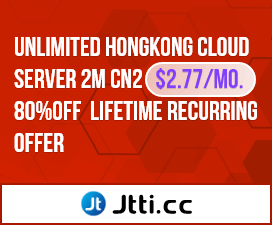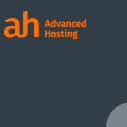- Joined
- Jul 7, 2016
- Messages
- 614
- Points
- 28
There are several reasons why you may need to install PHP 8.0 on DirectAdmin. For example, many web applications and content management systems require a specific version of PHP to run correctly, so by installing PHP 8.0, you can ensure that your website or web application is compatible with the latest version of PHP. Additionally, PHP 8.0 is faster and more efficient than previous versions, so upgrading can improve the performance of your web applications and reduce load times, leading to a better user experience. Running an outdated version of PHP can leave your web server vulnerable to security threats and attacks, but by upgrading to PHP 8.0, you can take advantage of the latest security features and improvements, which can help to protect your website and server from security risks. As newer versions of PHP are released, older versions become unsupported and may no longer receive security updates or bug fixes, so upgrading to PHP 8.0 can ensure that your website is supported and any issues or bugs are addressed by the PHP community. Finally, PHP 8.0 comes with several new features, including improved performance, JIT compiler, Union Types, named arguments, and much more. These features can help you to build better web applications and improve your overall development experience.
Here are the steps to install PHP 8.0 on DirectAdmin:
Log in to your DirectAdmin server as root or a user with sudo privileges.
Enable the remi-php80 repository by running the following command:
Install PHP 8.0 and its required extensions using the following command:
Verify that PHP 8.0 has been installed by running the following command:
This should display the version of PHP currently installed on your system. If it displays version 8.0.x, then PHP 8.0 has been successfully installed on your DirectAdmin server.
Restart the Apache web server to make the changes take effect:
That's it! PHP 8.0 is now installed and ready to use on your DirectAdmin server. You can verify that it is working correctly by creating a PHP file with the following code and accessing it from a web browser:
This should display a page with information about your PHP installation, including the version number.
Here are the steps to install PHP 8.0 on DirectAdmin:
Log in to your DirectAdmin server as root or a user with sudo privileges.
Enable the remi-php80 repository by running the following command:
Code:
yum install -y https://rpms.remirepo.net/enterprise/remi-release-7.rpm
yum install -y epel-release
yum install -y yum-utils
yum-config-manager --enable remi-php80
Code:
yum install -y php php-cli php-common php-devel php-gd php-mbstring php-mysqlnd php-opcache php-pdo php-xml
Code:
php -vRestart the Apache web server to make the changes take effect:
Code:
systemctl restart httpd
Code:
<?php
phpinfo();
?>







